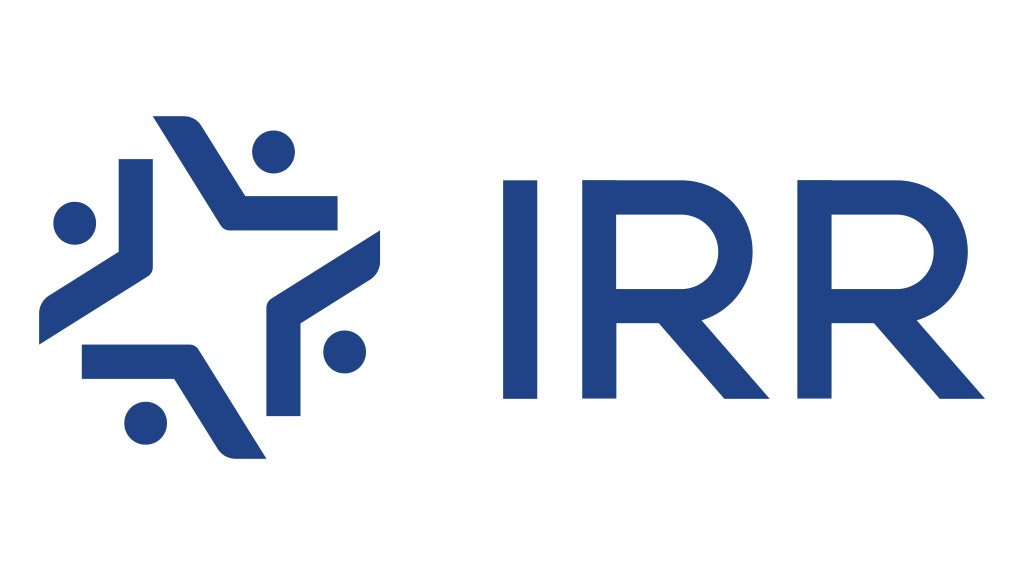Few things undermine economic growth as profoundly as excessive taxation and ineffective government spending. This is a palpable reality in South Africa.
Over the past decade, South Africa has witnessed a substantial decline in the quality of governance, particularly as corruption control has weakened as a result of declining regulatory effectiveness.
According to World Bank data, South Africa experienced the 7th most severe relative decline in regulatory effectiveness from 1996 to 2022. Even more concerning is that the country suffered the worst relative decline in corruption control of any major sovereign constitutional democracy, with the worst single year of decline being between 2021 and 2022.
In South Africa, rapidly worsening government performance coincides with a rising tax burden, the worst possible combination, as taxpayers are made to pay more for services that are worse.
Under such circumstances, reducing the government’s tax revenue could help to ease the economic strain on citizens. This would incentivise the government to improve its accountability and effectiveness in allocating the available resources. In turn, improved governance and a lower tax burden would be supportive of investment and economic growth.
A reduction in the Value Added Tax (VAT) rate to 11.5% (from 15%) and the General Fuel Levy (GFL) to R1.73 per litre (from R3.96 per litre) would alleviate the burden on consumers, particularly lower-income individuals and households.
Where to start cutting
In evaluating tax reduction strategies, VAT stands out for several reasons. Primarily, its inherently regressive nature disproportionately affects low-income households, which spend a large proportion of their income on consumption. This regressive impact is compounded by South Africa’s high poverty and unemployment levels. A cut in the VAT rate would benefit the poorest South Africans the most.
Secondly, as a broad-based consumption tax, VAT inevitably impacts consumer demand. Reducing the VAT rate would stimulate spending and business activities, thereby offsetting some government revenue losses through enhanced economic growth and a broader tax base.
In a recent paper titled ‘Blueprint for Growth; Slash waste, cut taxes’ (available on the IRR website), IRR Fellow Gabriel Crouse recommends a 3.5% cut in the VAT rate. The potential benefits of such a VAT cut are substantial, with the reduction expected to leave R12.6-billion in the pockets of the poorest 50% and R29.1-billion in the pockets of the poorest 80% of the population.
In addition to cutting VAT, the GFL stands out as a relief measure that will have cascading effects on the entire economy. Fuel is a fundamental input for transportation and logistics. A lower GFL will substantially reduce transportation costs, thereby reducing the cost of goods and services across the board – while also giving commuters some relief. Cutting the GFL from R3.96 (2023 rate) to R1.73 would save buyers R50-billion per year.
The reduction of the GFL is an important step following the VAT cut. This is because when the state procures the same output while spending less (as described below), it reduces overall consumption demand in the economy. The GFL cut will offset this reduction. Therefore, if the GFL cut is not implemented, the mid-term beneficial move of reducing state spending on procurement will certainly have short-term negative consequences on economic activity.
What fills the gap left in revenue?
VAT is a popular tax in government circles for the rich revenue base it offers, often yielding significantly more revenue than other consumption tax alternatives. VAT and fuel levies collectively contributed around 30% of the total national revenue collected in 2022/23. As such, a cut in the VAT rate and the fuel levy of the scale proposed here has substantial implications for government finances. It will leave a gap in revenue that must be addressed.
The Zondo Report connects corruption (state capture), to a ‘problem in the legislative design’, specifically confusion of the ‘inevitable tension’ between ‘preferential procurement’, elsewhere known as BEE premiums, and ‘maximum value-for-money’, a confusion which subverts accountability. Cutting BEE premiums, which are valued at approximately R17-billion annually, is expected to improve corruption control to the value of an estimated R150-billion in what could be termed ‘Zondo Dividend’.
The first R100-billion of the Zondo Dividend can be used to pay for a VAT cut of 3.5 percentage points and a GFL cut of R2.20 per litre. The initial VAT cut is projected to leave R31-billion in the pockets of the poorest 70% of South Africans, where it is likely to be much better spent than by the government.
One of the advantages of the GFL is that it can be quickly adjusted. If the Zondo Dividend is reaped more quickly than expected, the prompt implementation of fuel price cuts can help to save aggregate consumer demand. This is expected to yield positive outcomes for all South Africans, but especially the poorest. While there is a possibility that fuel tax reductions might not directly reach the end consumers, they are likely to be assimilated by the taxi industry, a crucial employer.
According to Crouse, black business is expected to benefit directly from a share of roughly R30-billion of the VAT cut that is not passed through to consumers, from improved governance, and from improved consumer demand in pertinent nodes of the heterogenous market. This benefit outweighs losses from reducing BEE premiums.
To ultimately create a South Africa conducive to economic growth, with higher per-capita income, higher life expectancy, less unemployment, and better living standards, it is essential to improve state management and keep more money in the pockets of citizens – especially the poor.
Written by Anlu Keeve, researcher at the Institute of Race Relations
EMAIL THIS ARTICLE SAVE THIS ARTICLE ARTICLE ENQUIRY
To subscribe email subscriptions@creamermedia.co.za or click here
To advertise email advertising@creamermedia.co.za or click here











